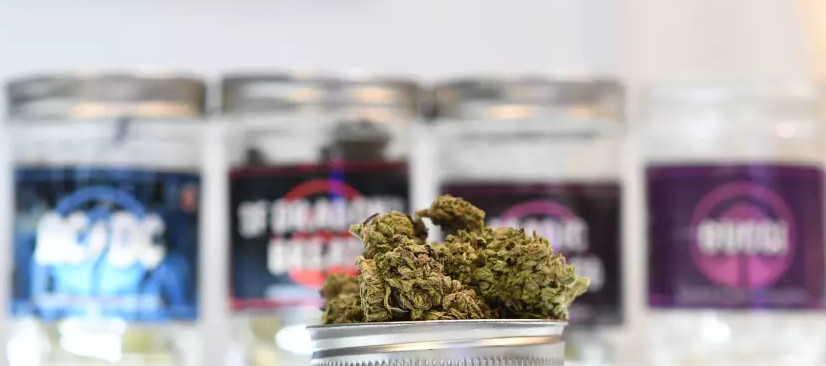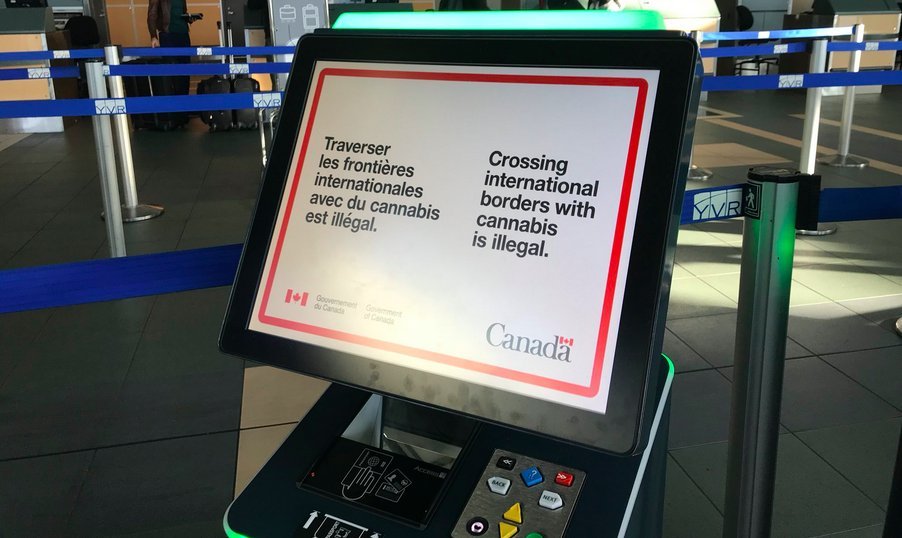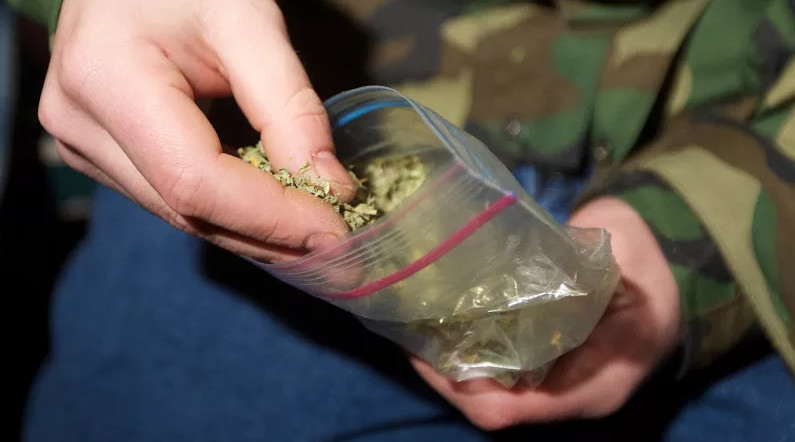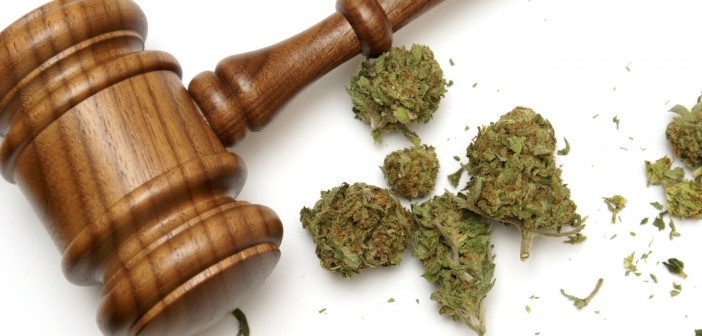If you’re a marijuana stock investor, there’s a good chance you’ve been seeing green over the past couple of years. With few exceptions, the weed industry has been able to expand into new U.S. states and countries. This includes the June 2017 legalization of medical cannabis in Mexico, the possibility of a recreational legalization in Canada by July 2018, and the fact that 29 U.S. states have legalized pot to some varied degree over the past 22 years.
At the heart of this expansion is a fundamental change in how the public views marijuana. According to a CBS News poll from 1979, just 29% of those surveyed wanted to see pot legalized. Comparatively, an all-time record high 61% of respondents in April 2017 affirmed that they wanted to see weed legal across the United States. With this sort of support, it’s not hard to see why investors expect changes at the federal level.
However, expecting the federal government to follow the majority in this instance could be foolish (with a small “f”).
The federal government is just looking for a reason to crack down on states

Perhaps an even bigger obstacle is Attorney General Jeff Sessions, who is an ardent opponent of pot’s expansion. For those who may not recall, Sessions requested that his congressional colleagues repeal regulations that currently protect medical-marijuana businesses in legal states from federal prosecution. The head of the Justice Department has made no qualms about wanting to go after marijuana businesses, and a shift in federal policy had previously been suggested as a possibility in February by now-former White House press secretary Sean Spicer.
Pretty much the only thing separating the federal government from a crackdown on states has been the Cole memo. Written by former Deputy Attorney General James Cole during the Obama administration, the Cole memo informally outlined a series of “rules” that states would follow in exchange for having the federal government take a hands-off approach. This included ensuring that minors didn’t get their hands on cannabis, that drivers under the influence of pot were dealt with harshly, and that pot grown within a legal state didn’t leave its borders.
However, a recent analysis commissioned by the state of California’s Department of Food and Agriculture could be an invitation for an official crackdown on states’ rights.
This new study could be the fuel that lights Sessions’ fire
As the Los Angeles Times reported a week earlier, an in-state analysis that the Department of Food and Agriculture commissioned found that California produced at least 13.5 million pounds of weed last year, but that only 2.5 million pounds was consumed. Where’d the other 11 million pounds go? That’s the mystery the state is trying to solve, though experts have suggested that much of it might be illegally leaving the state.
As the Los Angeles Times noted, during a two-day stretch in August, highway troopers in Texas seized some $2.5 million worth of marijuana from vehicles that had originated in California. Nearly 430 pounds were confiscated. Of course, that’s a far cry from the 11 million-pound difference between production and consumption in California last year. This large gap, along with a perceived lack of oversight, could be just what Sessions needs to garner the support required to go after legally operating medical and recreational businesses operating within California.
Officials in California plan to address interstate trafficking and oversupply regulations before recreational sales commence in 2018, but you can probably expect the federal government and California’s growers to be on edge.

This latest analysis out of California is another in a long list of reminders that the future of the weed industry isn’t guaranteed in the United States. With a clear bifurcation between what’s going on at the state level and what might happen at the federal level, there’s always the potential that the federal government could roll back some, or all, of the luxuries the cannabis industry has enjoyed.
If there is a saving grace for investors, it’s that the most successful pot stocks tend to be located outside the U.S. (e.g., Canadian medical-cannabis growers), or they’re cannabinoid-based drug developers. It’s unclear just how a tougher federal stance on marijuana would affect cannabinoid-based drug developers, if at all. Only a small percentage of the largest marijuana stocks would run the risk of seeing sales decline as a result of a federal crackdown in the United States.
However, it would probably curtail the plans of Scotts Miracle-Gro (NYSE:SMG). Scotts, which gets a majority of its revenue from its traditional lawn and garden business, has also been investing in hydroponics (a method involving growth in a nutrient-rich water solvent), lighting, and soil solutions specifically designed to boost crop yields for medical cannabis companies. Though we’re only talking about 10% of total sales at Scotts Miracle Gro, a federal crackdown would remove the quickest-growing segment from the mix.
At this point, marijuana stock investors have no choice but to put their ears to the ground and listen closely for any comments from Jeff Sessions and the federal government.
credit:420intel.com













